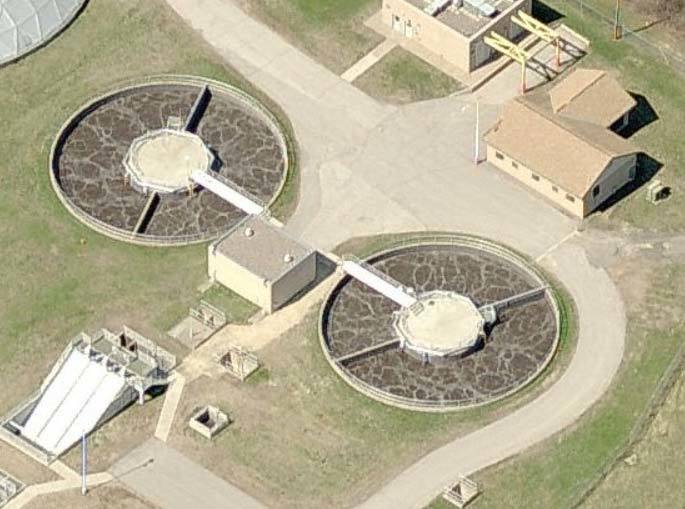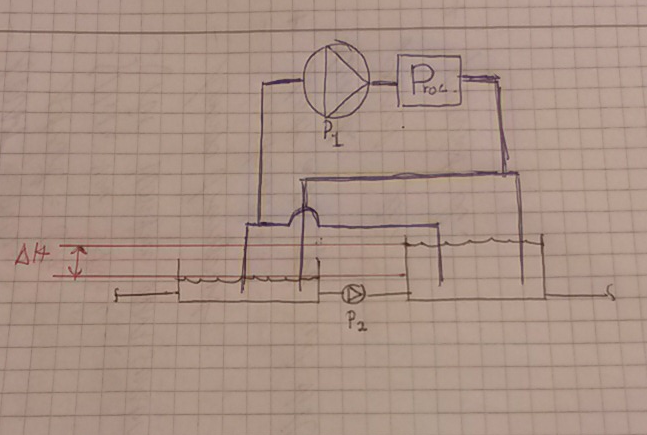dimitp
Structural
- Jan 12, 2015
- 12
Hi All.
Im wondering if there is a way to pump water to and from 2 tanks without risking overflow in one tank, and without using any controll system like levelsenosrs or flow controlled valves?
My experience is that you will never get an exact 50/50 split of water i a T connection for example.
Im wondering if there is a way to pump water to and from 2 tanks without risking overflow in one tank, and without using any controll system like levelsenosrs or flow controlled valves?
My experience is that you will never get an exact 50/50 split of water i a T connection for example.


